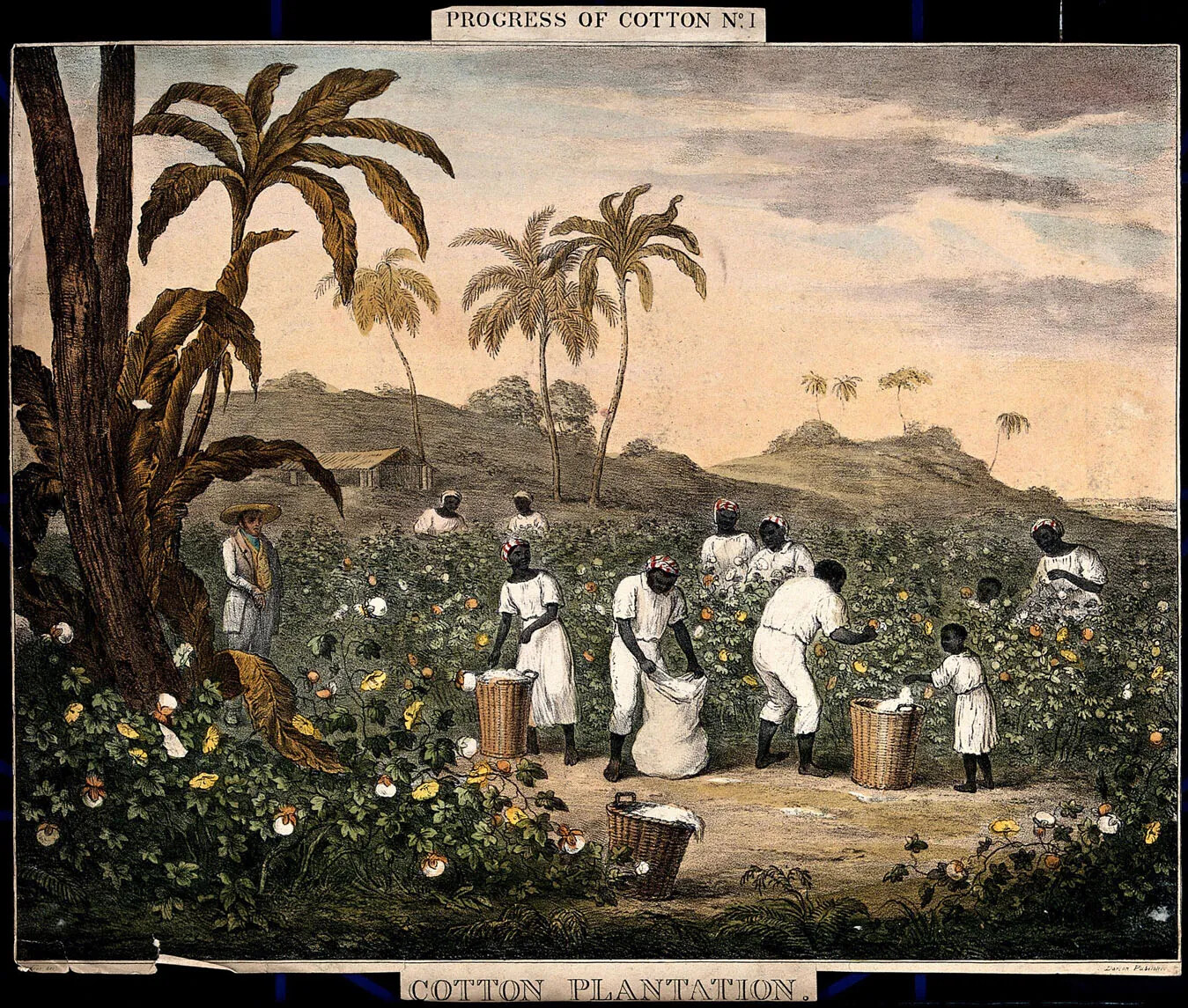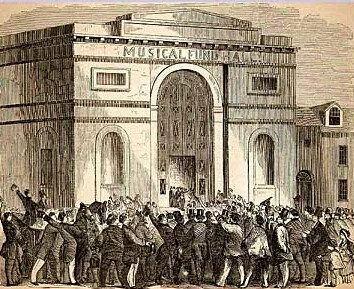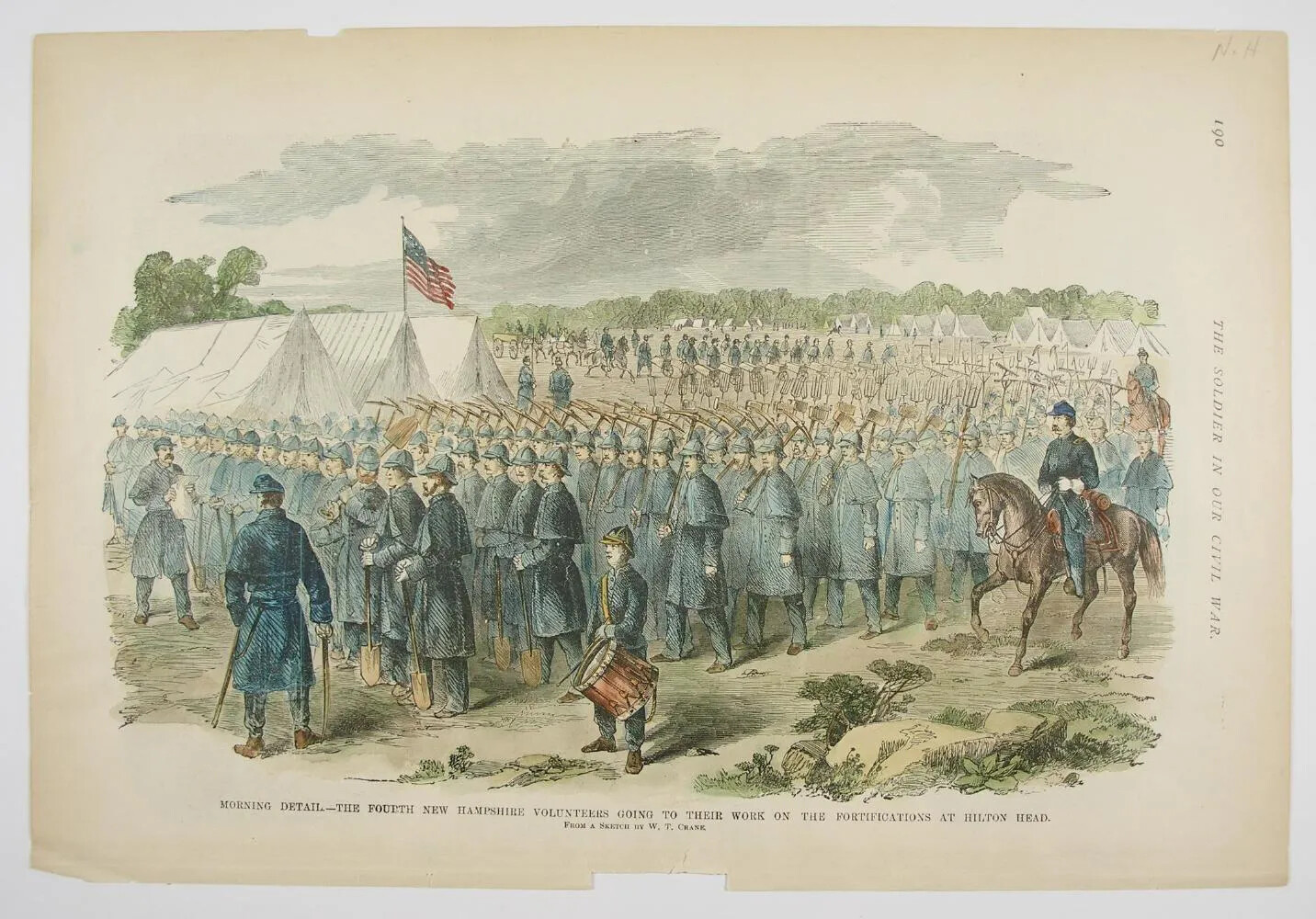Did everyone in New Hampshire agree with the war?
Most people in New Hampshire supported the Union war effort, but there were a minority that did not. They were called dissenters. Many dissenters did not like slavery, but they thought the North should just let the South go and form its own country, separate from the United States. Dissenters did not want to fight a war over it, and they did not want New Hampshire soldiers to be injured or die.
One of the dissenters was Franklin Pierce. After Abraham Lincoln’s election as president of the United States, Franklin Pierce tried to work with his friends in the South to find a compromise so the southern states would not secede, but his southern friends were not interested.
For much of the war, Franklin Pierce did not speak about his objections to the fighting. But by July 1863, he thought the Union was losing the war. On the Fourth of July, he gave a speech in Concord saying he thought the North should stop fighting and let the South go in peace, even though he was sad that the country would be split into two separate countries. His speech made many people mad. It was also bad timing because he gave the speech at the same time the Battle of Gettysburg was going on. When the Union Army won at Gettysburg, most people in New Hampshire thought it would be foolish to stop the war because the North had a good chance of winning. Franklin Pierce did not make any more speeches about the war after that.
A few people in New Hampshire were even more opposed to the war than Franklin Pierce. In fact, they thought the South was right to protect slavery, leave the Union, and start their own country. These people also criticized the Union war effort, which made them unpopular with the rest of the people in New Hampshire.
Biography
Franklin Pierce
1804–1869
Caption:
Franklin Pierce was the 19th president of the United States and the only president from New Hampshire. He was born and raised in Hillsborough, New Hampshire, and later moved to Concord. He was a lawyer and a politician. Before he was elected president, he represented New Hampshire in the U.S. Congress. He also served in the U.S. Army in the Mexican-American War. He was president for one term, from 1853 to 1857. This was a very difficult time for the United States. There was a lot of tension between the North and the South over slavery. President Pierce thought it was more important to keep the country together than to abolish slavery. He tried to find a compromise between the two sides, but it did not work and made the problems worse.
Image Credit: Portrait by Adna Tenney, 1852, New Hampshire Historical Society






































































